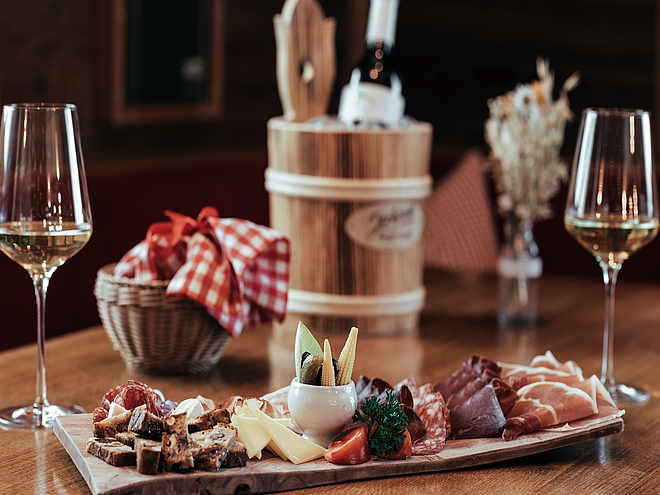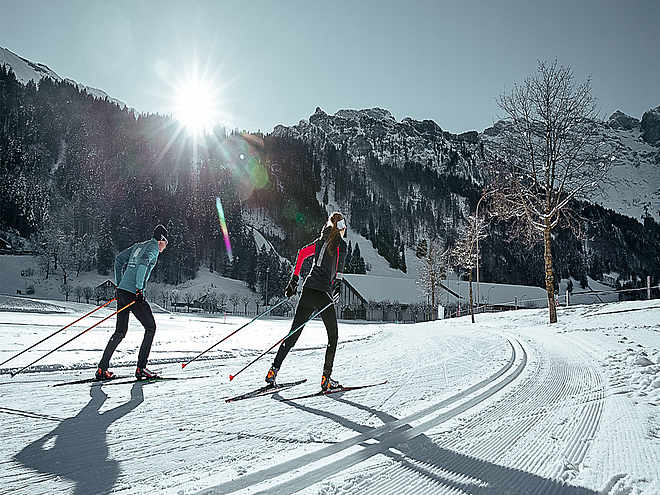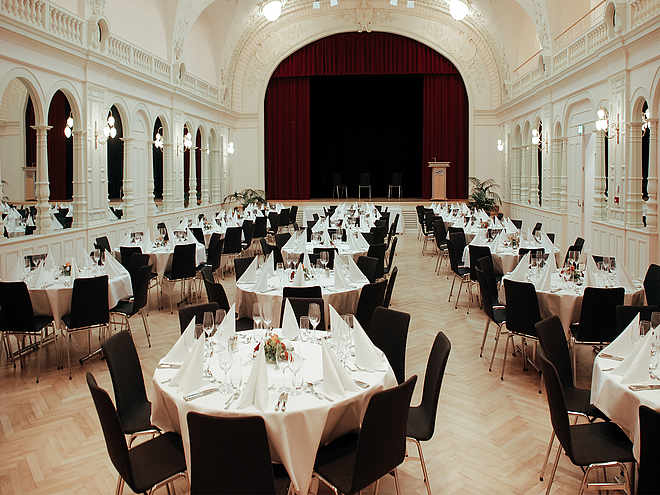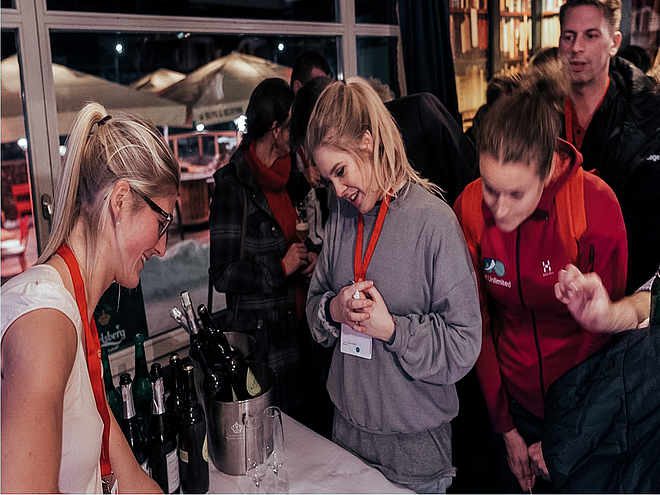David Amstein is one of five judges at the Ski Jumping World Cup in Engelberg and is responsible for grading the athletes' posture. The Swiss explains exactly what he has to focus on, how he keeps his focus high and whether he favours his fellow countrymen when giving marks.
Explain to a non-expert: What makes a good jump?
Every judge has the perfect jump in mind. The perfect jump is dynamic, elegant and in one piece from the edge of the take-off to the fall line.
What exactly do you focus on as a judge?
We have the three phases of flight, landing and exit. We start from the top score of 20 and make deductions based on a deduction list. The flight phase lasts from the take-off to the moment the jumper hits the ground. The landing includes the telemark and the subsequent 10 to 20 metres, and the landing includes the run to the fall line, the lowest green line on the flat.
You mentioned the deduction list. What exactly does it specify?
It tells us what we have to make deductions for. For example, the flight must be dynamic and not too passive or too aggressive. As a jumping judge, I can see whether the jumper is too far behind the ski or pushing too aggressively against the ski. These are nuances that you have to have an eye for. When landing, the telemark is of course important, i.e. that the skis are not parallel. Athletes are not allowed to make any movements on the way out. We deduct half points from the top score of 20. There are five judges per competition and the highest and lowest marks are cancelled.
Do you have to be able to justify your decision?
No. Each judge stands alone in their booth, looks at the jump and enters the deductions into a small input device. Within five to seven seconds, I have to confirm the score and send it off. This score is set and can no longer be changed.
Everyone is talking about VAR in soccer. Wouldn't something like this also be useful for you, after all, it's very difficult to see everything?
We've had a display in the World Cup for a few years now. It shows the landing of the current jumper in the front view in a continuous loop. On larger hills like Engelberg, you need it from time to time because you're a bit far away from the landing due to the size of the hill. The tablet is very important on ski jumps where you fly over 200 metres. When there's powder snow and the snow swirls up, it's even harder to see. But despite the tablet, it doesn't give me any more time to make my decision. The tablet is handy for quickly confirming whether I'm right with my decision or not.
Do you expect more from an overall World Cup leader than from a World Cup rookie?
I try not to look at the start list as much as possible. That's not always easy, of course, because the name of the athlete can be seen next to the start list on the input device and is announced by the speaker. In the first round, I know that the last jumper is the World Cup leader. In the second round, they jump in reverse order of the ranking of the first round. You can't avoid knowing who's coming. I watch the jump and judge what I see. I try to judge every jump from start number 1 to 50 without bias.
But hand on heart, wouldn't you rather give a Swiss athlete more points?
At national events such as the Engelberg World Cup, I see and hear when it's a Swiss athlete's turn, that can't be avoided. We judges must not become nationalistic. I could consistently give every Swiss athlete a 20. But of course we can't do that, because I would be blacklisted by the FIS and banned from the World Cup. We judges are always scrutinised by the FIS.
The best and worst scores are cancelled. Do you have a gripe with yourself if you deliver the cancelled result and clearly deviate from the opinion of the other judges?
I can't see the scores of the others and have no idea how my colleagues have scored. I only see the scores on the ranking list after the competition. Each judge is on their own during the round and is not allowed to use their mobile phone, speak or take notes. Personally, I tend to be a strict judge, but I always stand by my score.
In every sport where grades are awarded, there are repeated heated discussions. What's it like in ski jumping - are you often criticised?
I personally have never been publicly criticised. Of course, I have received internal criticism from the FIS chairman. Discussions among the jump judges in the evening are normal, but no criticism is handed out. The Swiss media are rather discreet about it.
You have to be highly focussed on every jump. How do you keep your concentration high?
I always enjoy the atmosphere, especially in a cauldron like Innsbruck. I also enjoy the fantastic view from the judges' tower and build up my concentration that way. The jump alone doesn't take long, one round takes about an hour. But of course it's a long day - just like in Engelberg, where the men and women jump on the same day. I never struggle to keep my concentration because I feel comfortable in this atmosphere.
Is there a difference in the assessment between men and women?
There is exactly the same deduction list for women as for men. But the women jump in a different style to the men. However, due to the evolution of women's ski jumping, it is becoming more and more equalised. The performance range of the women is greater than that of the men. The leader in the overall World Cup has a completely different level than the back of the pack. But that makes it exciting.
How do you become a jump judge or, to put it another way, what led you to the jump judge tower?
It's my hobby, I work 90 per cent and I have children. I started ski jumping as a nine-year-old on the former ski jump on the Gurten in Bern as part of the holiday pass. I was a ski jumper until I was 18 and then became a coach. I have a passion for ski jumping and at the age of 30 I passed the international ski jumping judge's examination. I have been working nationally and in the World Cup for 13 years. Many ski jump judges were once ski jumpers or were otherwise involved in the sport. They all have a passion for the sport. Parents are also involved at national level.
There are five judges in the tower per competition. How is it decided who will be judging at which competition?
The FIS decides which nations are represented as jump judges at which World Cup. The organisers of each country receive this list and have to decide which judge goes where. A judge from the organising country is always appointed. So there will always be a Swiss judge in Engelberg. There are ten FIS judges in Switzerland. At the Contintental Cup, there are four judges from our own country plus one foreigner. At the FIS Cups, there are five judges from our own country.
What does your season look like, how are you travelling?
This season I'm doing the Engelberg World Cup and I've already done the FIS Cup in Kandersteg - that's it at international level. But of course there's also the national junior series with four stages.
Do you continue your training as judges?
We regularly do "virtual judging", where we have to watch and assess jumps from the current season on the computer at home. We also attend national and international training seminars.
Author
Andrea Hurschler
Responsible for the communication of the Viessmann FIS Ski Jumping World Cup Engelberg, the Andrea Hurschler works with great enthusiasm in the core committee of the event organisation.






























